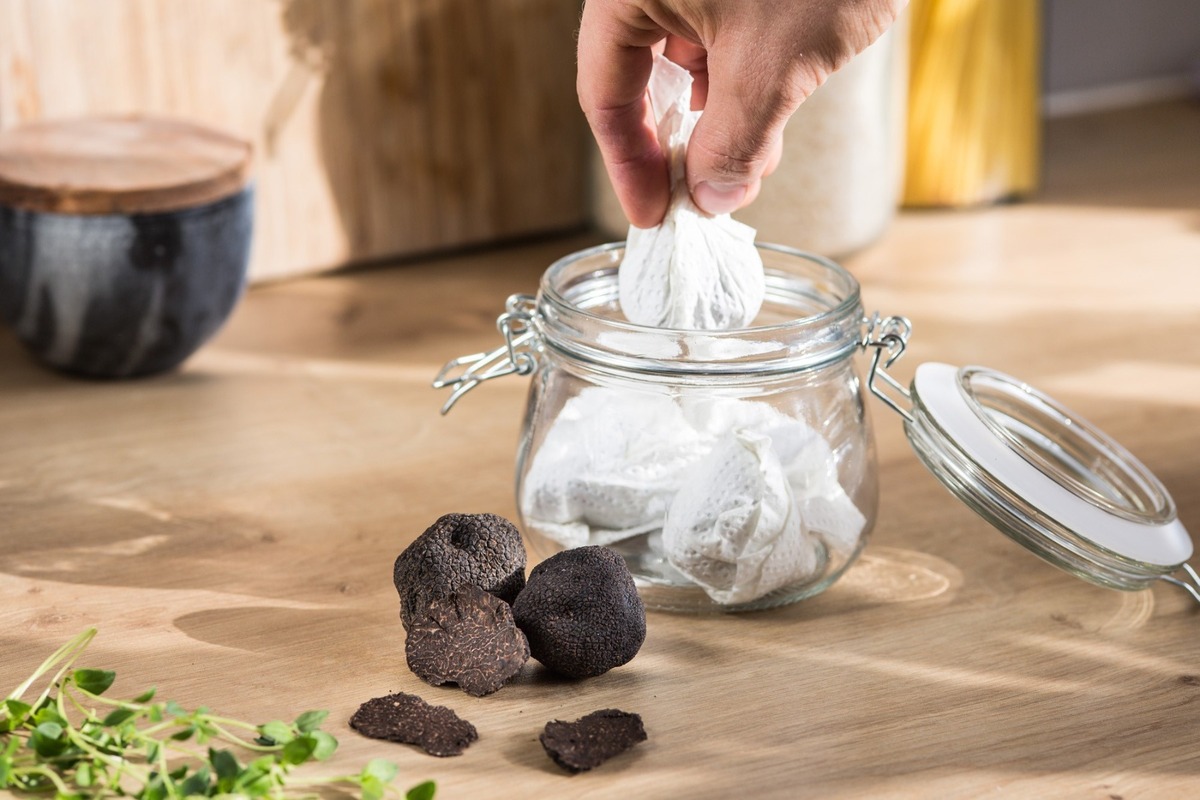

Articles
How To Store Truffles
Modified: March 23, 2024
Discover the best ways to store truffles with our informative articles. Keep your truffles fresh and aromatic with proper storage techniques.
(Many of the links in this article redirect to a specific reviewed product. Your purchase of these products through affiliate links helps to generate commission for Storables.com, at no extra cost. Learn more)
Introduction
Truffles are a delicacy that have been prized for centuries for their unique and intense flavor. These edible fungi are known for their elusive nature and high price tag, making them a gourmet ingredient sought after by food enthusiasts and chefs alike.
One of the key aspects of enjoying truffles to their fullest is proper storage. The delicate nature of truffles requires specific conditions to ensure their longevity and preserve their flavor. Improper storage can lead to deterioration, loss of aroma, and ultimately, a disappointing culinary experience.
In this article, we will explore the importance of proper truffle storage and provide valuable tips and techniques for maintaining the quality and flavor of these coveted delicacies. Whether you’re a truffle connoisseur or a curious food lover looking to indulge in the luxurious taste of truffles, this guide will equip you with the knowledge to store truffles correctly and maximize their culinary potential.
We will delve into various factors to consider when storing truffles, including temperature, humidity, and airflow. We’ll also discuss the different types of containers suitable for truffle storage, as well as alternative storage methods that can extend their shelf life.
Throughout this article, we’ll ensure that our SEO optimization techniques are seamlessly integrated, allowing search engines to recognize and rank this article for relevant keywords. However, our primary focus will be on providing you with a comprehensive and engaging resource packed with valuable information.
So, whether you have truffles waiting to be stored or are planning to purchase some in the near future, let’s embark on this truffle storage journey together. By the end of this article, you’ll be equipped with the knowledge to store truffles like a pro and savor their unrivaled flavor whenever the occasion calls for it.
Let’s dive in and discover the secrets to proper truffle storage that will elevate your culinary experiences to new heights.
Key Takeaways:
- Proper truffle storage is essential to preserve their delicate flavor, aroma, and quality. Maintaining optimal temperature, humidity, and airflow, along with proper handling, ensures truffles remain at their best for as long as possible.
- Exploring alternative storage methods, such as truffle oil infusion and truffle butter, offers creative ways to extend the usability of truffles beyond their season. These methods provide unique ways to savor the essence of truffles in various culinary creations.
Read more: How To Store White Truffles
Why Proper Truffle Storage is Important
Proper truffle storage is vital to maintain the quality, flavor, and aroma of these exquisite delicacies. Truffles are incredibly sensitive to their environment, and any mishandling during storage can lead to their deterioration, resulting in disappointment when it comes time to savor their unique taste.
The primary reason why proper truffle storage is crucial is to preserve their delicate flavor and aroma. Truffles are known for their strong, earthy, and distinct scent, which contributes to their gastronomic appeal. Improper storage can cause truffles to lose their aroma, diminishing their culinary value and essence.
Another important aspect is to prevent truffles from drying out. Truffles contain a high water content, and exposure to dry environments can cause them to become dehydrated, resulting in a loss of texture and flavor. Proper storage techniques aim to maintain the ideal level of humidity to ensure the truffles remain moist and juicy.
Furthermore, truffles are highly perishable and can quickly succumb to spoilage if not stored correctly. They are susceptible to bacterial growth and mold, which can render them inedible and unsafe to consume. By following proper storage practices, you can extend the shelf life of truffles, allowing you to enjoy their exquisite taste for as long as possible.
Lastly, proper truffle storage is essential for optimizing their culinary potential. Truffles are often used sparingly in dishes, adding a depth of flavor and complexity to various recipes. By preserving their quality through storage, you ensure that when it’s time to incorporate truffles into your cooking, you get the most out of their unique characteristics.
In summary, proper truffle storage is critical to maintaining their flavor, aroma, texture, and safety. By implementing suitable storage techniques, you can preserve the essence of these highly prized delicacies and unlock their full potential in your culinary creations. In the next sections, we will delve into the specific factors to consider when storing truffles and provide practical tips to ensure optimal storage conditions.
Factors to Consider when Storing Truffles
When it comes to storing truffles, several key factors need to be taken into consideration to ensure their preservation. By understanding and addressing these factors, you can create an environment that maximizes the longevity and quality of your truffles. Let’s explore the essential factors to consider when storing truffles:
1. Temperature: Truffles are best stored in a cool environment, preferably between 32°F to 39°F (0°C to 4°C). This low temperature helps slow down the decomposition process and maintains the truffles’ unique characteristics. Avoid storing truffles at room temperature, as they can rapidly deteriorate and lose their flavor.
2. Humidity: Truffles require a specific level of humidity to maintain their moisture and prevent drying out. The ideal humidity range for truffle storage is around 85% to 95%. High humidity helps preserve the truffles’ texture and aroma while preventing them from becoming too moist and developing mold. To maintain the desired humidity, consider using airtight containers and humidity-controlled environments.
3. Airflow: While truffles benefit from high humidity, they also require proper airflow to prevent the growth of mold. Stagnant air can create a breeding ground for mold and cause the truffles to spoil quickly. Be mindful of the ventilation in your storage area and ensure there is adequate airflow to keep the truffles fresh. Avoid tightly sealed containers that restrict airflow.
4. Light: Truffles are sensitive to light exposure and can degrade rapidly when exposed to excessive light. Therefore, it’s crucial to store them in a dark environment, such as a pantry or refrigerator, to protect them from light damage. Avoid storing truffles in clear containers or areas with direct exposure to sunlight.
5. Odors: Truffles have a remarkable ability to absorb odors from their surroundings. This makes it essential to store them away from strong-smelling foods or substances that may impact their flavor. It is recommended to store truffles separately or in odor-neutral containers to prevent any unwanted flavors from seeping into them.
6. Storage time: Truffles are perishable and should be consumed as fresh as possible to enjoy their optimal flavor. While the storage time can vary depending on the type of truffle, it is generally recommended to use them within a week of purchase. If you need to store them for longer periods, consider freezing or using alternative storage methods which we will discuss later in the article.
By considering these factors and implementing appropriate storage techniques, you can prolong the shelf life of truffles while ensuring that they retain their flavor, aroma, and overall quality. In the next section, we will discuss the different types of containers suitable for truffle storage.
Choosing the Right Containers for Truffle Storage
When it comes to storing truffles, selecting the right containers is crucial in maintaining their quality and prolonging their shelf life. The containers you choose should provide a suitable environment that regulates temperature, humidity, and airflow. Here are some options to consider when selecting containers for truffle storage:
1. Airtight Containers: Airtight containers are an excellent option for storing truffles as they help maintain the desired humidity levels while preventing moisture loss. These containers create a sealed environment, ensuring that the truffles stay moist and don’t dry out. Glass jars with rubber gaskets or plastic containers with tight-fitting lids are suitable choices for airtight truffle storage.
2. Perforated Containers: Perforated containers are designed to allow proper airflow while still protecting the truffles from excessive moisture loss. These containers have small holes or slits that allow for ventilation, preventing the growth of mold while maintaining the ideal humidity. Perforated plastic containers or baskets lined with paper towels are effective options for perforated truffle storage.
3. Vacuum-Sealed Bags: Vacuum-sealed bags are commonly used for preserving truffles as they remove excess air from the packaging, reducing the risk of oxidation and mold growth. By removing air, these bags minimize moisture loss and help retain the truffles’ natural flavors and aromas. Place the truffles in the bags, seal them using a vacuum sealer, and store them in a refrigerated environment for optimal preservation.
4. Clay or Porous Containers: Clay or porous containers allow for the natural exchange of air and moisture, providing a stable environment for truffle storage. The porous nature of these containers helps regulate humidity levels, preventing condensation and mold growth. Clay truffle jars or wooden boxes lined with parchment paper are suitable options for clay or porous container storage.
5. Refrigerator-Safe Containers: When storing truffles in the refrigerator, it is important to use containers that are safe for refrigeration. Glass or plastic containers that are BPA-free and food-grade are ideal choices. These containers should have tight-sealing lids to maintain proper humidity and prevent odor transfer to the truffles.
6. Silicon Bags: Silicon bags are a flexible and reusable option for truffle storage. These bags are food-safe and provide airtight seals, allowing for proper moisture retention. Silicon bags are also easy to clean and maintain, making them a convenient choice for storing truffles in refrigerators or cool storage environments.
Regardless of the type of container chosen, proper labeling is essential to keep track of the truffle’s age and variety. Label each container with the date of storage and the type of truffle contained to ensure you use them in a timely manner.
Remember, regardless of which container you choose, it is crucial to maintain the recommended storage temperature and humidity while providing adequate airflow. By selecting the appropriate container, you can create an optimal storage environment that preserves the quality and flavor of your precious truffles.
In the next section, we will discuss how to create the ideal storage environment for truffles, focusing on temperature, humidity, and other essential considerations.
Creating the Ideal Storage Environment for Truffles
Creating the perfect storage environment for truffles is crucial in preserving their delicate flavor, aroma, and texture. By considering factors such as temperature, humidity, and other essential considerations, you can establish an environment that maximizes the longevity and quality of your truffles. Here’s how to create the ideal storage environment for truffles:
1. Temperature Control: Truffles should be stored in a cool environment with a consistent temperature. The optimal storage temperature for truffles ranges between 32°F to 39°F (0°C to 4°C). Avoid storing truffles at room temperature or exposing them to heat, as this can hasten spoilage and diminish their flavor.
2. Humidity Regulation: Maintaining the proper humidity level is essential to prevent truffles from drying out or becoming too moist. The ideal humidity range for truffle storage is around 85% to 95%. To achieve this, consider using a humidifier or placing a damp cloth or piece of paper towel in the storage container. Ensure proper airflow to regulate humidity levels without creating excess moisture.
3. Air Circulation: While maintaining proper humidity, it is essential to have adequate airflow to prevent the growth of mold and maintain freshness. Make sure the storage area has proper ventilation and avoids tightly sealed containers that restrict airflow. Regularly check the containers for condensation, as excess moisture can lead to spoilage.
4. Dark Storage: Protect truffles from light exposure by storing them in a dark environment. Light can degrade the truffles and lead to a loss of flavor and aroma. Place truffles in opaque containers or wrap them in parchment paper to shield them from light. Avoid storing truffles in clear containers or locations with direct sunlight.
5. Odor Control: Truffles have a remarkable ability to absorb odors, so it’s crucial to store them away from strong-smelling foods or substances. Use odor-neutral containers or separate the truffles from other odorous items in the storage area. This will help preserve the truffles’ unique aroma and prevent any unwanted flavors from permeating them.
6. Regular Inspection: Periodically inspect your stored truffles for any signs of spoilage, such as mold growth, soft spots, or unpleasant odors. Remove any spoiled truffles immediately to prevent contamination of the remaining ones.
7. Proper Handling: When handling truffles, ensure clean hands and avoid touching the truffles excessively. The natural oils from your skin can transfer to the truffles and affect their flavor. Use gloves or a clean cloth when handling them to maintain their pristine condition.
By creating an ideal storage environment with controlled temperature, humidity, and other essential considerations, you can prolong the freshness and quality of your truffles. Regularly monitor the conditions and make necessary adjustments to ensure the optimal preservation of these culinary treasures.
In the next section, we will provide valuable tips for proper truffle handling and storage, including precautions to take when handling and preparing truffles for culinary use.
Read more: How To Store Chocolate Truffles
Tips for Proper Truffle Handling and Storage
Handling and storing truffles properly is crucial in preserving their delicate flavor and aroma. Here are some valuable tips to ensure the best practices for truffle handling and storage:
1. Purchase Fresh Truffles: Whenever possible, choose fresh truffles that are firm to the touch and have a strong aroma. Fresh truffles will have a more intense flavor compared to aged truffles. Select truffles that are free from any signs of rot or decay.
2. Use Clean Hands and Tools: When handling truffles, make sure your hands are clean and free from any strong scents or oils. Truffles are highly absorbent, so any contaminants can affect their flavor. Use clean utensils, such as a truffle slicer or a sharp knife, to handle and prepare truffles.
3. Store Unwashed and Dry: Truffles should be stored unwashed and dry to maintain their integrity and prevent moisture buildup. Before storing, gently brush off any visible dirt or debris with a soft-bristled brush. Avoid rinsing or soaking truffles, as excess moisture can cause spoilage.
4. Wrap Individually: Wrap each truffle individually in paper towels or parchment paper to prevent them from touching each other. This helps prevent cross-contamination and preserves their flavor and aroma.
5. Store in Airtight Containers: Place the wrapped truffles in airtight containers, ensuring a tight seal to maintain proper humidity levels. Airtight containers help prevent moisture loss and protect the truffles from external odors.
6. Label and Date Containers: Properly label each container with the date of storage and the type of truffle contained. This will help you keep track of the freshness and variety of the truffles and ensure they are used in a timely manner.
7. Fresh Storage Medium: Truffles can be stored with other foods that have strong flavors or aromas, such as eggs or butter, to infuse them with additional flavor. Place the truffles in a separate airtight container alongside these foods, ensuring that they don’t come into direct contact.
8. Regularly Check and Rotate: Regularly check the stored truffles for any signs of spoilage or condensation. Rotate the truffles every few days to ensure even exposure to airflow and prevent any overly moist spots.
9. Use Truffles at Room Temperature: Before incorporating truffles into your dishes, allow them to come to room temperature to release their full aroma and flavor. Remove them from the refrigerator and let them sit for about 30 minutes before slicing or grating.
10. Consume Freshly: Truffles are at their best when consumed fresh. While they can be stored for a limited time, the flavor and aroma diminish over time. To fully enjoy the unique characteristics of truffles, aim to use them within a week of storage.
By following these tips for proper truffle handling and storage, you can maintain the quality and flavor of these prized delicacies. Remember, truffles are a luxury ingredient that deserves special care and attention. With the right techniques, you can savor their exquisite taste and elevate your culinary creations.
In the next sections, we will discuss specific storage methods for refrigerating and freezing truffles, as well as alternative storage options for extended use.
Store truffles in a sealed container with a paper towel to absorb moisture. Keep them in the refrigerator and use within a week for the best flavor.
Storing Truffles in the Refrigerator
The refrigerator is a commonly used storage method for truffles, as it provides a cool and controlled environment. When storing truffles in the refrigerator, it’s important to follow specific guidelines to maintain their freshness and quality. Here are the steps to properly store truffles in the refrigerator:
1. Prepare the Truffles: Before refrigerating, make sure the truffles are clean and dry. Gently brush off any dirt or debris using a soft-bristled brush or a cloth. Avoid rinsing or soaking the truffles, as excess moisture can lead to spoilage.
2. Wrap Individually: Wrap each truffle individually in paper towels or parchment paper. This helps prevent the truffles from touching each other and avoids cross-contamination of flavors and odors.
3. Airtight Container: Place the wrapped truffles in an airtight container. Choose a container that is suitable for refrigeration, such as a glass or plastic container with a tight-sealing lid. This will help maintain the proper humidity levels and protect the truffles from light exposure.
4. Position in the Fridge: Store the container of truffles in the refrigerator in a designated area where the temperature remains consistent. Avoid placing the truffles near areas with temperature fluctuations, such as the door or vents. The ideal temperature range for truffle storage in the refrigerator is between 32°F to 39°F (0°C to 4°C).
5. Regular Checking: Check the stored truffles regularly for any signs of spoilage or condensation. Remove any truffles that show signs of decay immediately to prevent contamination of the remaining ones.
6. Use within a Week: Truffles are best consumed as fresh as possible. While stored in the refrigerator, aim to use them within a week for maximum flavor and aroma. As time passes, the flavor and aroma of truffles gradually diminish.
Remember to allow the truffles to come to room temperature before using them. This allows their full aroma and flavor to develop and enhances the culinary experience.
By following these guidelines, you can properly store truffles in the refrigerator, preserving their delicate qualities and ensuring an exceptional culinary experience with these prized delicacies.
In the next section, we will discuss an alternative storage method for truffles – freezing – which can further extend their shelf life.
Storing Truffles in the Freezer
Freezing truffles is an effective method to extend their shelf life for several months. However, it’s important to note that freezing can slightly alter the texture of truffles. Despite this, the freezing method is still widely used to enjoy truffles during their off-season. Here’s how to properly store truffles in the freezer:
1. Clean and Dry Truffles: Before freezing, ensure that the truffles are clean and dry. Gently brush off any dirt or debris using a soft-bristled brush or a cloth. Avoid rinsing or soaking the truffles as this can introduce excess moisture.
2. Wrap Individually: Wrap each truffle individually in plastic wrap or aluminum foil. This helps protect them from freezer burn and prevents any unpleasant odors in the freezer from being absorbed.
3. Airtight Container or Freezer Bag: Place the wrapped truffles in an airtight container or freezer bag. Make sure the container or bag is sealed tightly to prevent any air or moisture from entering.
4. Label and Date: Properly label each container or bag with the date of freezing. Truffles can be stored in the freezer for several months, and labeling them ensures you can keep track of their age.
5. Position in the Freezer: Store the container or bag of truffles in the coldest part of the freezer, such as the back or bottom shelf. This ensures a consistent temperature and minimizes temperature fluctuations.
6. Thawing before Use: When you’re ready to use the frozen truffles, transfer them to the refrigerator to thaw slowly. This usually takes several hours or overnight. Avoid thawing them at room temperature to prevent any bacterial growth.
7. Use within a Month: While truffles can be stored in the freezer for several months, it’s recommended to use them within a month for best flavor and quality. The longer truffles are frozen, the more their texture and aroma may be affected.
Keep in mind that freezing truffles can slightly change their texture, making them more delicate and prone to softening when thawed. While they may not retain the same firmness as fresh truffles, their aroma and flavor can still be enjoyed.
By following these steps, you can safely store truffles in the freezer, allowing you to prolong their shelf life and enjoy them even when they’re out of season.
In the next section, we will discuss alternative storage methods for truffles that can be used to further extend their usability and enjoyment.
Alternative Truffle Storage Methods
While refrigerating and freezing are the most common methods for truffle storage, there are alternative techniques available that can help further extend the usability of these delicate delicacies. Here are a few alternative truffle storage methods to consider:
1. Truffle Oil Infusion: Truffle oil is a popular way to capture the essence of truffles and extend their flavor beyond their season. You can make your own truffle oil by infusing olive oil with slices or shavings of fresh truffles. The truffle-infused oil can be stored in a sealed bottle or jar in a cool, dark place. This method allows you to enjoy truffle flavor in various dishes, even when fresh truffles are not available.
2. Truffle Butter: Truffle butter is another delectable way to preserve the flavor of truffles. Simply mix finely chopped truffles with softened unsalted butter and store it in an airtight container in the refrigerator. The truffle butter can be used as a spread, added to sauces, or used to enhance the flavor of various dishes.
3. Truffle Salt: Truffle salt is a simple yet flavorful way to store truffle essence. Mix finely chopped or ground truffles with sea salt to create a fragrant and aromatic seasoning. Store the truffle salt in a tightly sealed container in a cool, dark place. Sprinkle it on dishes to add a touch of truffle flavor and elevate your culinary creations.
4. Truffle Powder: Truffle powder is an alternative method that allows you to store truffles in a powdered form. Freeze-dry or dehydrate the truffles and then grind them into a fine powder. The truffle powder can be used as a seasoning or flavor enhancer in a variety of dishes.
5. Preserved Truffles: Preserving truffles through methods such as canning or pickling can help extend their shelf life. Preserve small truffle pieces in oil, vinegar, or brine, following proper canning or pickling techniques. These preserved truffles can be used in various recipes and provide a taste of truffles throughout the year.
It’s important to note that these alternative storage methods may alter the texture and intensity of truffle flavor compared to fresh truffles. However, they still offer a way to incorporate truffle essence into your culinary creations when fresh truffles are not readily available.
By exploring these alternative storage methods, you can enjoy the unique flavor of truffles in different forms and elevate your dishes with their intoxicating aroma.
In the next section, we will address some frequently asked questions (FAQs) related to truffle storage to further enhance your understanding of this topic.
Read more: How To Store Black Truffles
Frequently Asked Questions (FAQs)
Here are answers to some frequently asked questions related to truffle storage:
Q: How long can truffles be stored?
A: Truffles are best consumed as fresh as possible. When stored in optimal conditions, such as in the refrigerator or freezer, truffles can be stored for up to a week or several months, respectively. However, the flavor and aroma of truffles gradually diminish over time.
Q: Can truffles be stored with other foods?
A: Truffles have a distinctive aroma and can absorb odors easily. It’s best to store truffles separately or in odor-neutral containers to prevent unwanted flavors from permeating them. However, truffles can be stored with other foods that have strong flavors or aromas, such as eggs or butter, to infuse them with additional truffle flavor.
Q: Can I store truffles in rice to preserve their aroma?
A: While storing truffles in rice is a popular method to infuse rice with their aroma, it is not recommended for long-term truffle storage. The moisture in rice can cause truffles to become too moist or soften. It is best to store truffles in airtight containers or wrap them individually.
Q: How can I tell if truffles have gone bad?
A: Truffles should be firm and have a strong aroma when fresh. Signs that truffles have gone bad include soft spots, mold growth, unpleasant odors, or a slimy texture. If you notice any of these signs, discard the truffles immediately.
Q: Can I refreeze truffles that have been thawed?
A: It is generally not recommended to refreeze truffles once they have been thawed. Each freeze-thaw cycle can affect the texture and quality of the truffles. It’s best to use thawed truffles promptly or consider alternative storage methods, such as making infused oils or salts.
Q: Can I store truffles in a vacuum-sealed bag?
A: Yes, vacuum-sealing truffles is a popular method for preserving their freshness and flavor. Vacuum-sealed bags remove excess air, reducing the risk of oxidation and mold growth. Ensure that the bags are airtight and store them in a refrigerated environment.
Remember, proper storage conditions and handling are crucial in preserving truffles’ quality and flavor. By following the recommended storage techniques, you can enjoy the exquisite taste of truffles to their fullest.
In the final section, we will conclude the article, summarizing the importance of proper truffle storage and the various methods discussed.
Conclusion
Proper storage techniques are essential in preserving the delicate flavor, aroma, and quality of truffles. By understanding the factors that affect truffle storage, choosing suitable containers, and creating the ideal storage environment, you can ensure that your truffles remain at their best for as long as possible.
Maintaining the right temperature, humidity, and airflow are crucial aspects of truffle storage. Storing truffles in a cool environment, such as a refrigerator or freezer, helps slow down decomposition and maintain their unique characteristics. The use of airtight containers, perforated containers, or vacuum-sealed bags can help regulate humidity and protect truffles from moisture loss or excess moisture buildup.
Proper handling is also paramount when it comes to truffle storage. Keeping truffles clean, dry, and wrapped individually helps prevent contamination and maintain their pristine condition. Labeling containers with storage dates and proper rotation ensure that truffles are used in a timely manner.
While refrigeration and freezing are the most common storage methods for truffles, alternative techniques can further extend their usability. Infusing truffle oil, making truffle butter or salt, or preserving truffles in different forms offer creative ways to enjoy truffle flavor beyond their season.
It’s important to note that the texture and intensity of truffle flavor may slightly change through these storage methods, but the essence and uniqueness of truffles can still be savored.
In conclusion, proper truffle storage is crucial for preserving their delicate qualities and maximizing their incredible flavor. By following the guidelines provided in this article, you can ensure that your truffles stay fresh and maintain their aromatic allure. Whether you choose to refrigerate, freeze, or explore alternative storage methods, these techniques will help you savor the luxurious taste of truffles throughout the year.
So, go ahead, indulge in the exquisite culinary experience that truffles offer, and elevate your dishes with their unmatched aroma and flavor.
Frequently Asked Questions about How To Store Truffles
Was this page helpful?
At Storables.com, we guarantee accurate and reliable information. Our content, validated by Expert Board Contributors, is crafted following stringent Editorial Policies. We're committed to providing you with well-researched, expert-backed insights for all your informational needs.
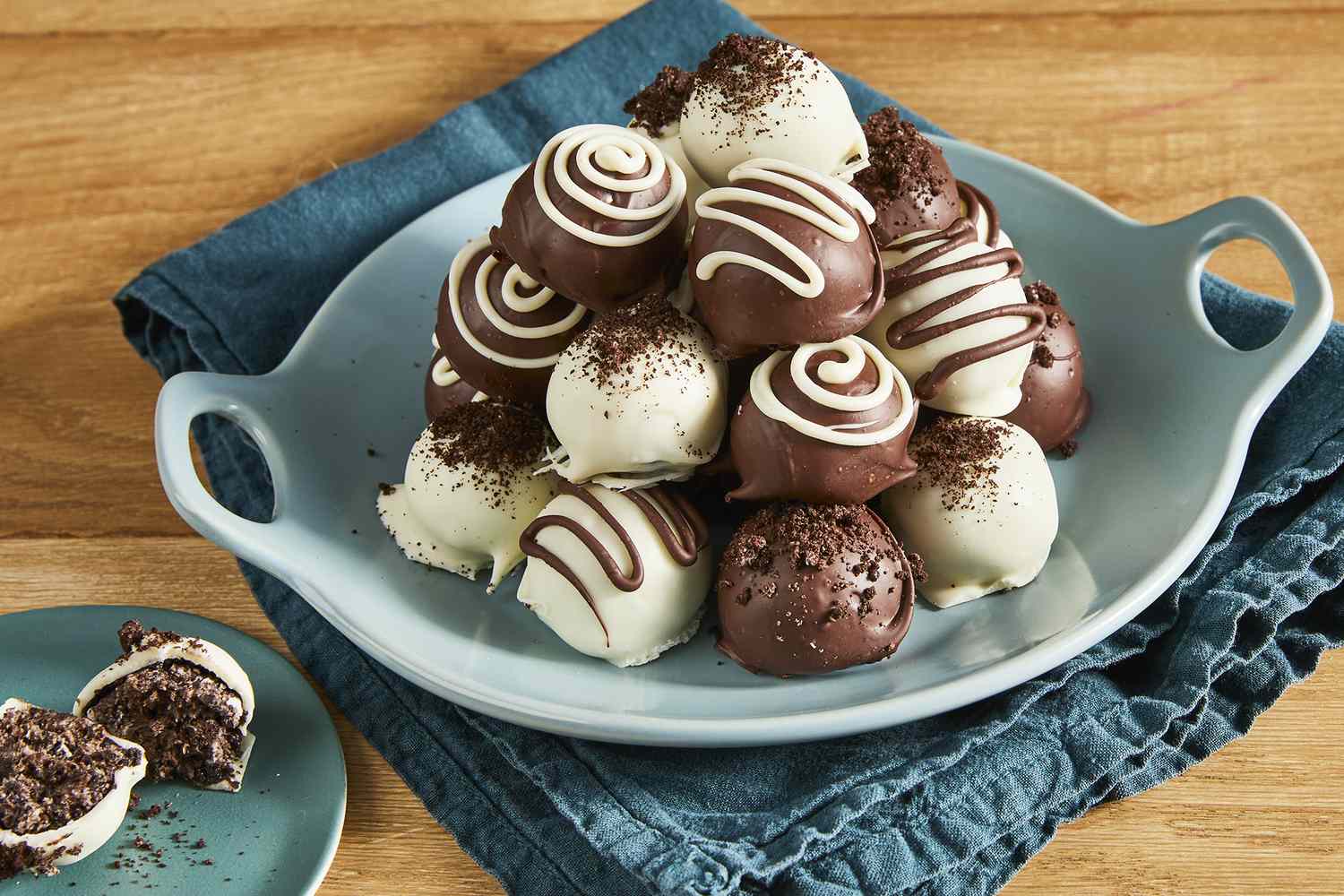
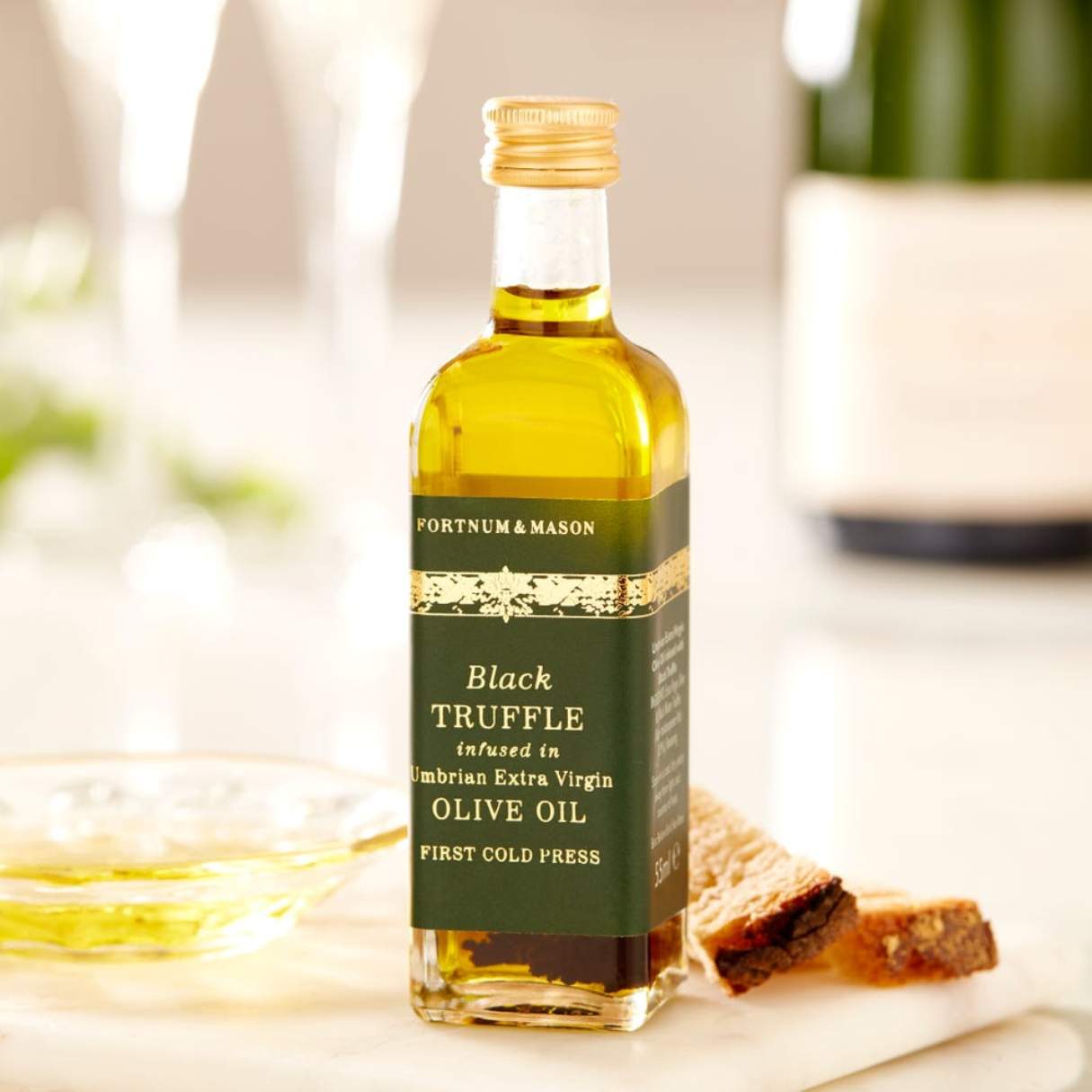




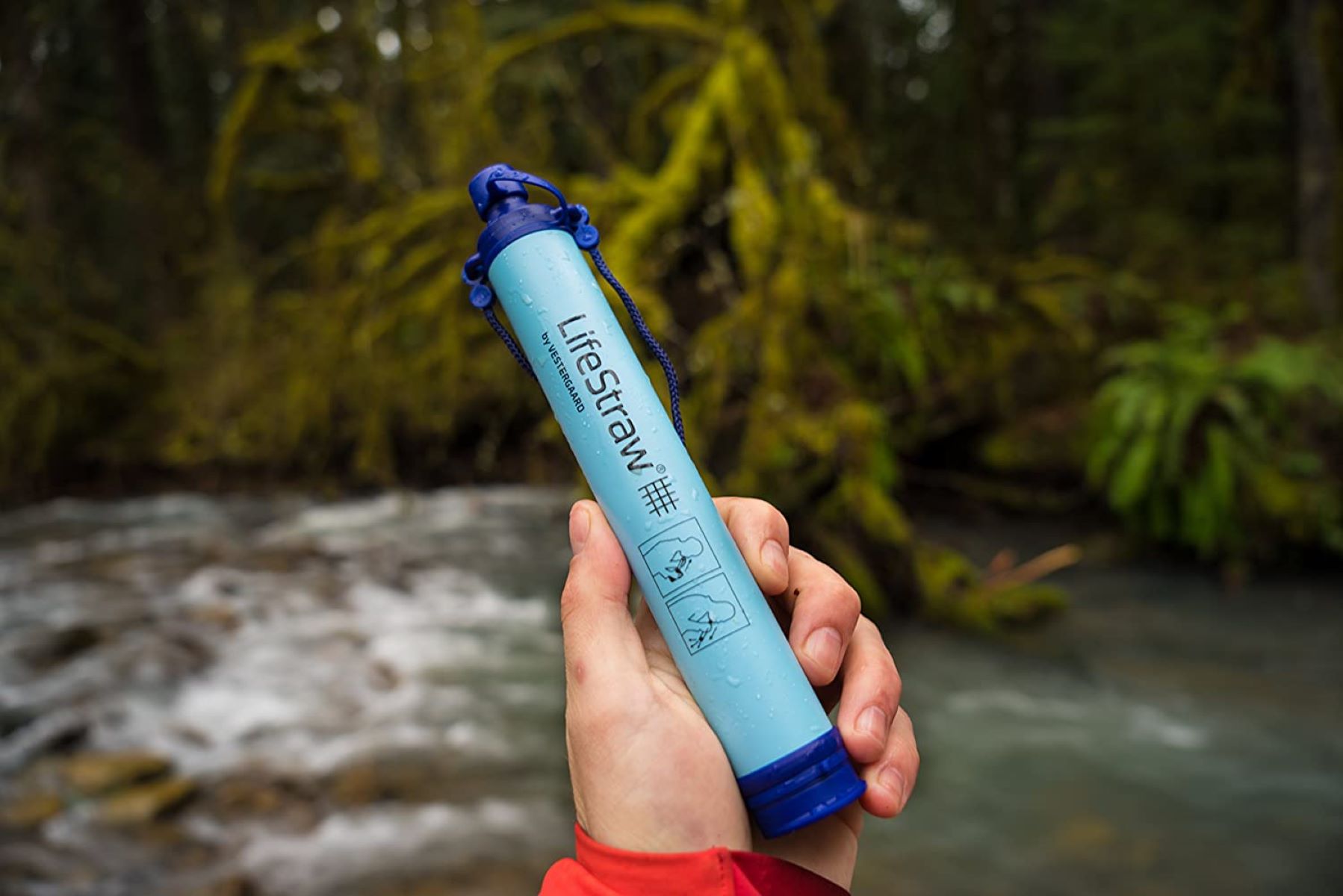
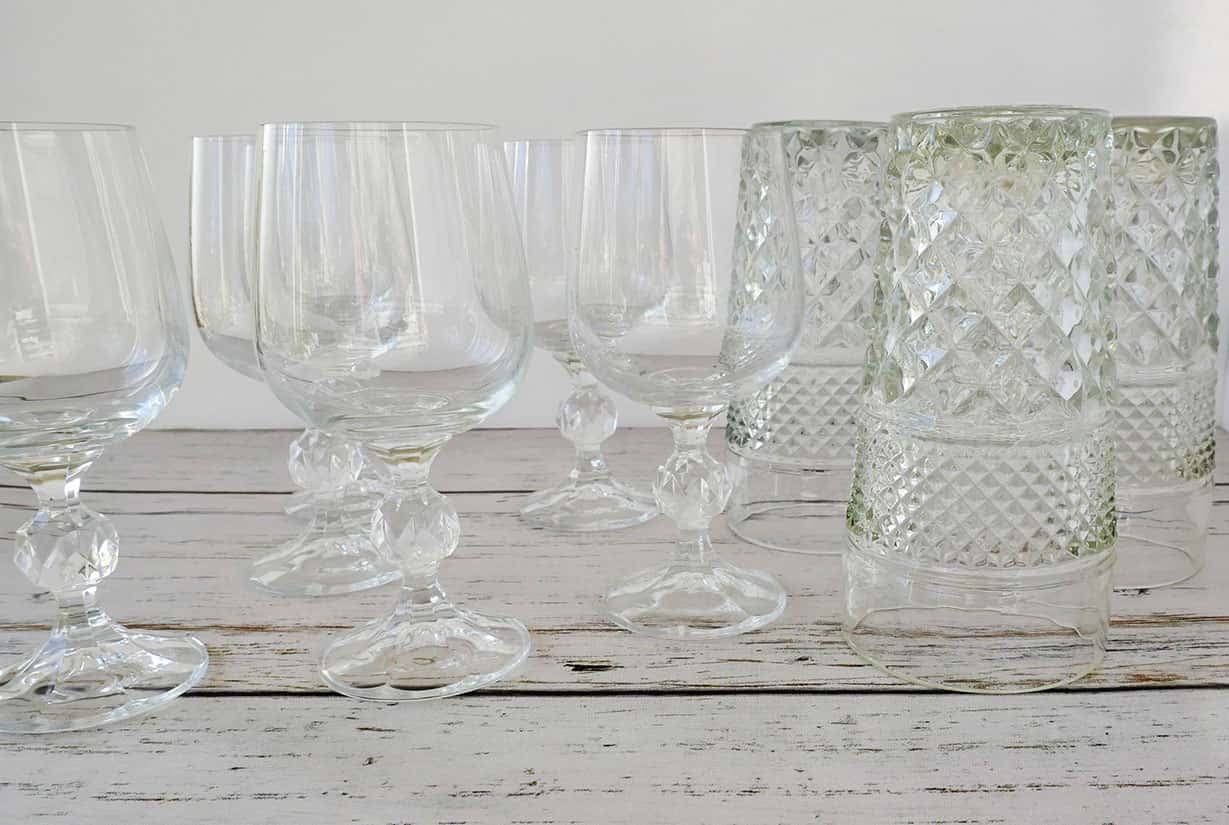
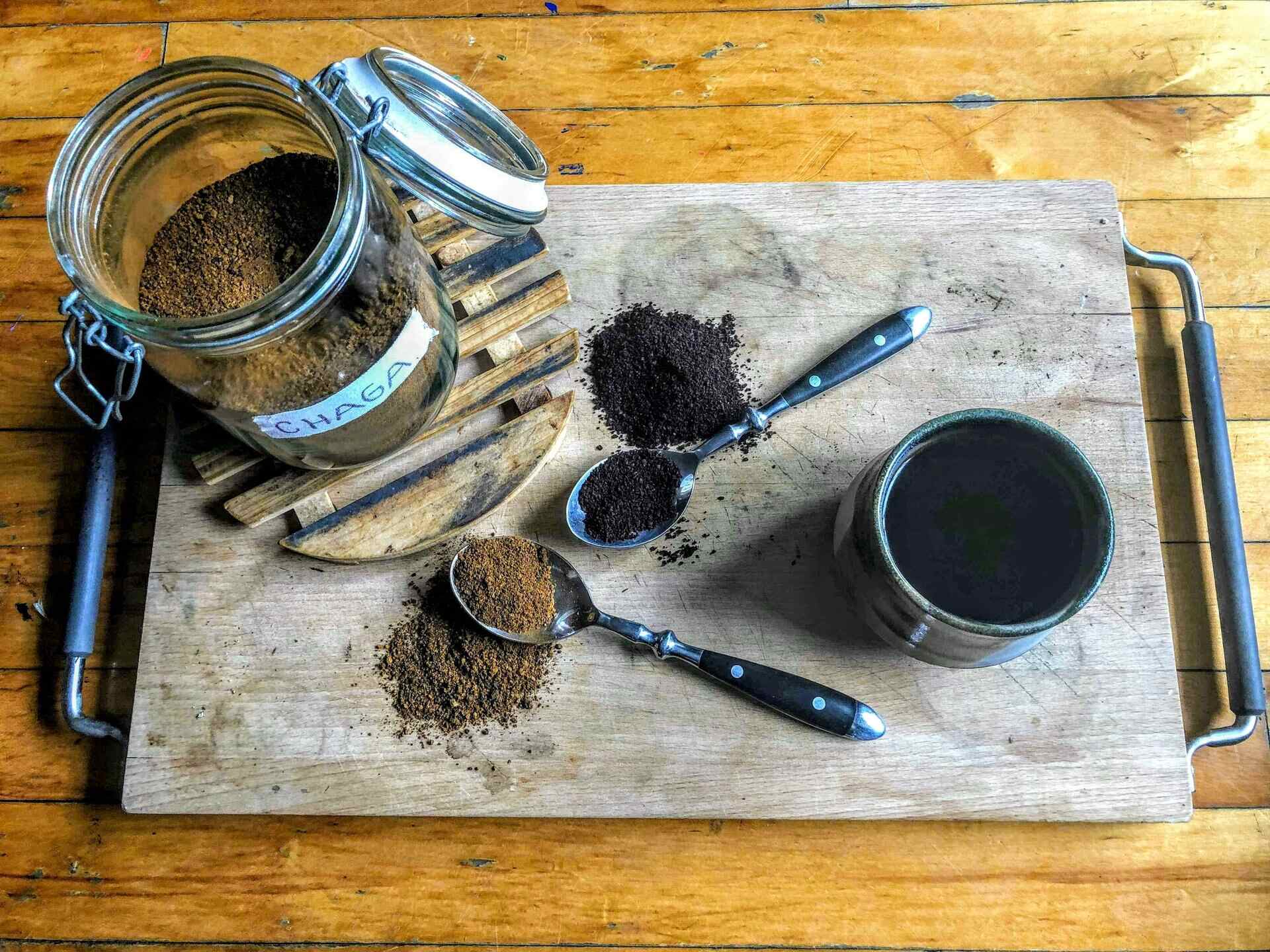


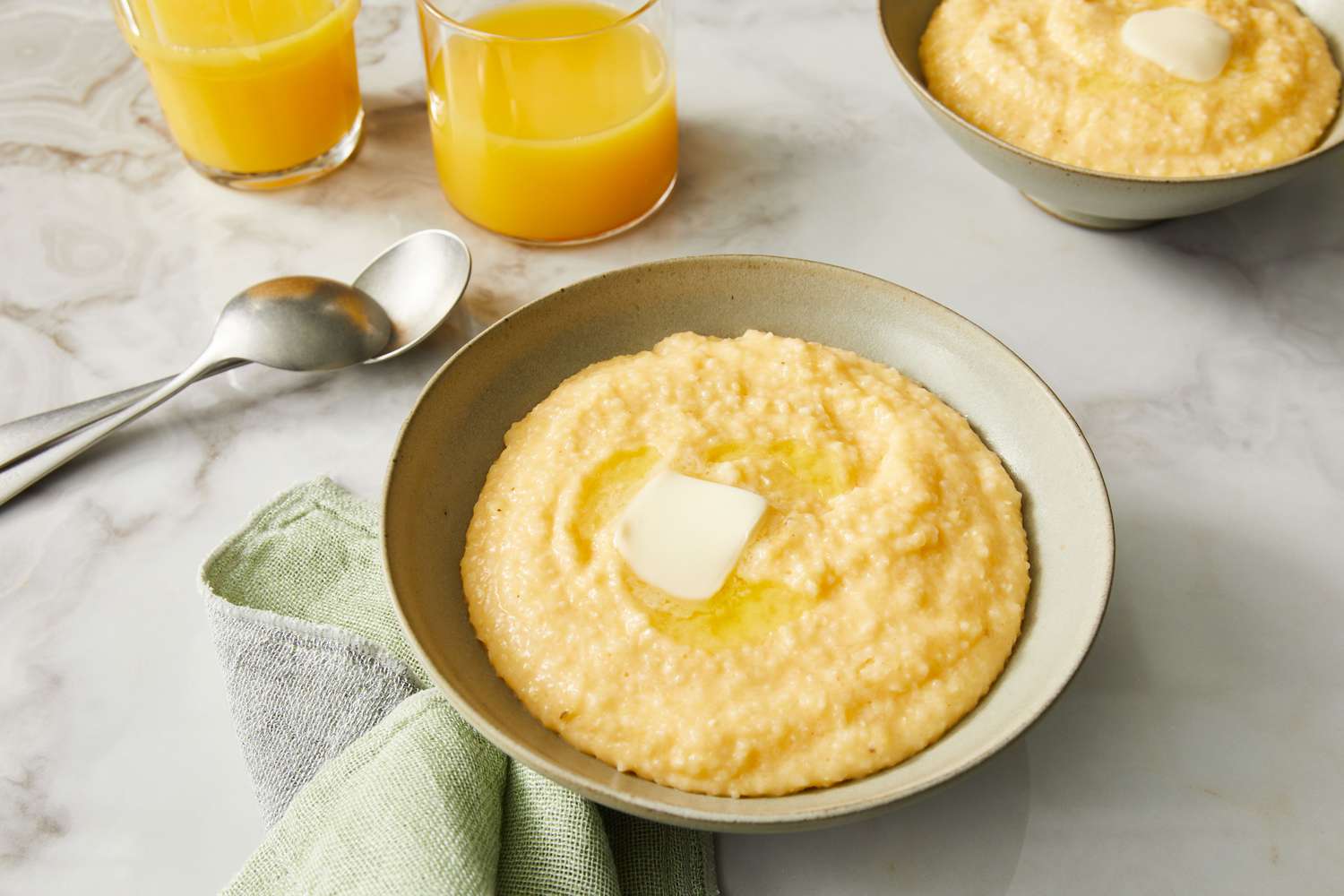


0 thoughts on “How To Store Truffles”